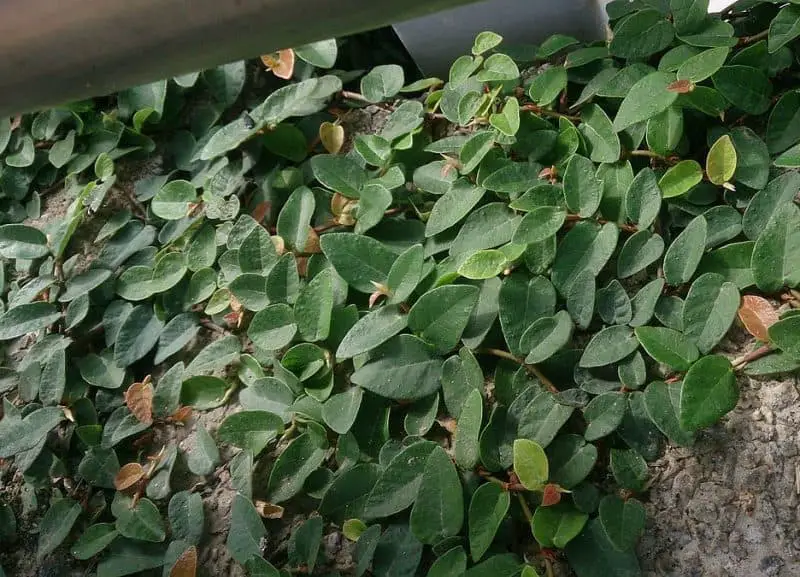
Looking to add lush greenery to your space? Learning how to care for creeping fig is easier than you think!
With the right light, water, and pruning, this fast-growing vine can transform your indoor garden into a vibrant, living wall of foliage.
With these simple tips on how to care for Creeping Fig, you’ll have a lush, beautiful plant in no time.
Creeping Fig Care
- Caring For Creeping Fig involves:
- Placing the plant in bright, indirect light
- Keeping the soil moist but not soggy.
- Water when the top inch of soil is dry, and prune regularly to manage its growth.
- Ensure a warm, humid environment and fertilize monthly during the growing season for optimal health.
Caring For Creeping Fig
Creeping Fig, Ficus Pumila Variegata, Climbing Fig, Creeping Ficus in 4 inch Pot
Creeping Fig can be used as a ground cover or trailing plant and is often grown in hanging baskets.
Creeping fig requires very little care, but there are a few things you should know in order to keep it healthy and looking its best.
In this blog post, we will discuss how to care for creeping fig so that you can enjoy its beauty for years to come!
How To Care For Creeping Fig In A Nutshell
Creeping fig does best in bright, indirect light, but can also tolerate low light conditions.
It should be kept moist, but not soggy, and will need to be watered more frequently during the warmer months.
Allow the top few inches of soil to dry out before watering again, and fertilize your plant every month during the growing season.
Creeping fig is a fast-growing plant, so it will need to be pruned regularly in order to keep it under control.
It can be trimmed with shears or pruning scissors, and you can also remove any dead leaves or stems as needed.
Be sure to sterilize your tools before each use, and always make cuts at a 45-degree angle so that the plant can heal quickly.
Creeping Fig Plant Care Reference Guide
| Characteristic | Details |
|---|---|
| Common Name | Creeping Fig |
| Botanical Name | Ficus pumila |
| Native Habitat | East Asia (China, Japan, Vietnam, Taiwan) |
| Plant Type | Evergreen climbing vine |
| Growth Pattern | Fast-growing, trailing, or climbing with aerial roots |
| Mature Size | Up to 10–15 ft indoors (much longer outdoors) |
| Watering | Keep soil evenly moist; allow top inch to dry before watering |
| Light/Sun Exposure | Bright, indirect light; tolerates low light but may get leggy |
| Soil Type | Well-draining potting mix or coco coir blend |
| Soil pH | Slightly acidic, 6.0–6.5 |
| Temperature | 65–85°F (18–29°C); avoid below 55°F (13°C) |
| Humidity | Prefers 40%+; thrives in high humidity |
| Bloom Time & Flower Color | Rarely flowers indoors; small, inconspicuous blooms outdoors |
| Potential Problems | Root rot from overwatering, leaf drop from dry air, invasive growth if unchecked |
| Repotting | Every 1–2 years; move to slightly larger pot as roots fill container |
| Hardiness Zones (USDA) | Zones 9–11 outdoors; grown indoors elsewhere |
Creeping Fig Care Indoors The Details
If you’re thinking of adding a creeping fig (Ficus pumila) to your indoor jungle, you’ll be happy to know that these fast-growing vines are relatively easy to care for.
So here is how to care for and get the most out of your creeping fig plant indoors.
Creeping Fig Light Requirements Indoors
When it comes to light, creeping fig is pretty adaptable. It will do well in bright, indirect light as well as low light conditions.
However, if you want your plant to maintain its compact growth habit (rather than becoming leggy), it’s best to give it a few hours of direct sunlight each day.
Creeping Fig Watering
The soil should be moist but not soggy, and the plant should be watered regularly.
Overwatering can cause root rot so wait until the top inch of soil is dry before watering again.
During the winter months, the watering schedule can be reduced.
Creeping Fig Humidity And Temperature
While it is tolerant of a wide range of growing conditions, the creeping fig does best in moderate temperatures and high humidity.
Creeping fig is a tropical plant so it naturally prefers a warm, moist environment.
Indoor temperatures should be kept between 65 and 85 degrees Fahrenheit and not go below 55 degrees Fahrenheit.
You want to have at least 40% humidity for this plant. If the air in your home is particularly dry, you may need to mist the leaves regularly to prevent them from drying out.
Soil
The right type of soil can make all the difference in whether a plant thrives or fails to thrive.
When it comes to growing creeping fig indoors, there are a few things you need to know about choosing the right type of soil.
First, you’ll want to make sure that the soil you select is well-draining.
Creeping figs are susceptible to root rot, so it’s essential to choose a well-draining soil that will help keep their roots healthy and dry.
Another important consideration is the pH level of the soil. Creeping figs prefer slightly acidic soils with a pH between 6.0 and 6.5.
You can use any home potting mix provided it is not too heavy. Coco coir is a much better choice though.
It holds moisture well but is fast draining allowing good oxygenation. It also is already at the right pH for creeping fig.
Creeping Fig Propagation
Creeping fig is easy to propagate from stem cuttings however the sap can cause skin irritation so it’s best to wear gloves for this.
To propagate creeping fig, start by taking a stem cutting that is about 6 inches long.
Next, remove the leaves from the bottom half of the stem, and dip the cut end into rooting hormone.
Then, place the stem in a pot of moistened potting mix. You can cover it with plastic to create a humid environment.
Keep the pot in a warm location out of direct sunlight, and wait for the cutting to root. This usually will take about 3 weeks.
Once roots have formed and new growth appears, you can transplant the cutting into its permanent location.
With a little patience and care, you can easily propagate creeping fig and enjoy its many benefits in your indoor garden.
Pruning Creeping Fig
Pruning a creeping fig vine is a simple matter of cutting back the stems that are growing too long or out of place.
To avoid damaging the plant, always use clean, sharp pruning shears. Start by trimming off any dead or damaged leaves and stems.
Then, cut back the longest stems to the desired length. Finally, shape the plant by pruning away any stray stems that are growing in the wrong direction.
With a little patience and care, you can easily keep your creeping fig vine looking neat and tidy.
Potting and Repotting Creeping Fig
As its name suggests, the creeping fig is a vigorous grower and will quickly fill in its pot.
However, this also means that it will need to be repotted frequently to prevent it from becoming pot-bound.
You want to use a pot just one size up from the one it is in as too large a pot can take too long to dry out after watering.
When repotting, use a well-draining potting mix and take care not to damage the roots.
Place some soil in the bottom of the pot first. Then place your root ball in the pot and fill in the sides of the pot with more soil.
Once your plant is in its new pot, water it thoroughly and place it in a location with bright, indirect light.
Fertilizing Creeping Fig
Although Creeping Fig is a low-maintenance plant, it benefits from fertilizer during the growing season.
The best time to fertilize is in early spring before new growth begins. You can use a balanced fertilizer or one that is higher in nitrogen.
Be sure to follow the manufacturer’s instructions, as too much fertilizer can burn the roots.
Apply a water-soluble fertilizer around the drip line of the plant, taking care to avoid getting any on the foliage.
Water and feed once a month during the growing season and you can skip fertilizing during the rest of the season.
I prefer to water and fertilize at the same time. So you can either add liquid plant food or dissolve a powdered fertilizer in the water.
Water deeply after applying, to help the roots absorb the nutrients.
Creeping Fig Is Toxic
One of the most common questions is whether or not the creeping fig (Ficus pumila) is poisonous.
The short answer is yes, the plant is toxic if ingested. The creeping fig contains ficin a substance that can cause skin irritation which is why we suggested wearing gloves during pruning.
Fortunately, the plant is not particularly appealing to children and animals, so incidents of ingestion are relatively rare.
However, it is still important to be aware of the potential hazards posed by this common houseplant.
FAQs on Creeping Fig Care:
Nurturing a Creeping Fig (Ficus pumila) indoors entails acquainting oneself with some fundamental care instructions to ensure the plant thrives in its new environment.
This versatile, fast-growing vine, known for its heart-shaped foliage, can be a delightful addition to your indoor garden, provided it receives the attention it deserves.
Here are some frequently asked questions that aim to address common concerns and provide guidance on the care and maintenance of Creeping Fig plants indoors.
Through these FAQs, we unravel answers to queries about light requirements, watering regimen, propagation methods, and the plant’s toxicity, aiding you in fostering a flourishing green companion.
Q. What kind of light does Creeping Fig need?
A. Creeping Fig is quite adaptable when it comes to light. It thrives in bright, indirect light but can also tolerate low-light conditions.
However, to maintain a compact growth habit, a few hours of direct sunlight each day is beneficial.
Q. How often should I water my Creeping Fig?
A. The soil should be kept moist, but not soggy. It’s advisable to let the top inch of soil dry out before watering again.
During warmer months, more frequent watering is required, while in winter, the watering schedule can be reduced.
Q. How do I propagate Creeping Fig?
A. Propagation is done through stem cuttings. A 6-inch long stem cutting with leaves removed from the bottom half can be dipped in rooting hormone and placed in a moistened potting mix.
Covering with plastic to create a humid environment, keeping it warm, and away from direct sunlight helps in rooting, which usually takes about 3 weeks.
Q. Is Creeping Fig toxic?
A. Yes, Creeping Fig is toxic when ingested and its sap can cause skin irritation.
It contains a substance called ficin. It’s advisable to wear gloves while handling or pruning the plant to avoid skin irritation.
These FAQs provide insight into the basic care and considerations you need to have while growing and maintaining a Creeping Fig plant indoors.
From light requirements to watering schedules, propagation, and toxicity awareness, understanding these aspects will assist in nurturing a healthy and beautiful Creeping Fig plant.
How To Care For Creeping Fig Final Thoughts
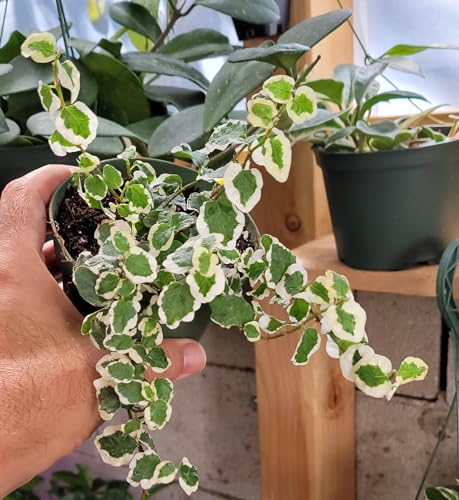
Creeping Fig Bellus Variegated – Live Plant in 4″ Pot Terrarium Plant | Prolific Climber | California Seller
Creeping fig (Ficus pumila) is a versatile houseplant that can be used to create a variety of looks, from a flowing cascading hanging plant to a topiary.
Caring For Creeping Fig Recap
- Creeping Fig care involves placing the plant in bright, indirect light or low-light conditions.
- Keep the soil moist but not soggy.
- Fertilize monthly during the growing season.
- Pruning is necessary to manage its growth.
- It prefers a warm, humid environment.
- Ensuring a well-draining soil, particularly one slightly acidic with a pH between 6.0 and 6.5, will contribute to a thriving Creeping Fig plant indoors.
There you have it! These are the basic care requirements for a healthy creeping fig plant.
By providing your plant with bright light, water, and fertilizer, you will be rewarded with lush growth. Thanks for reading, and happy gardening!
Sustainable Apartment Gardening
🏙️ Apartment Gardening
Turn your apartment into a thriving garden! Explore easy guides for veggies, herbs, fruits, and flowering plants—all grown indoors.
-
- 🥕 Harvesting Carrots in Containers
- 🍅 Growing Tomatoes Indoors For Beginners
- 🌱 The Best Vegetables To Grow Indoors
- 🥔 How To Grow Potatoes In A 5-Gallon Bucket Indoors
- 🧄 Growing Garlic Indoors In Pots
- 🥬 How To Grow Bok Choy Indoors
- 🫘 Growing Green Beans In Pots
- 🧅 Growing Leeks In Containers
- 🥕 How To Grow Carrots Indoors
- See all articles in our Apartment Gardening category

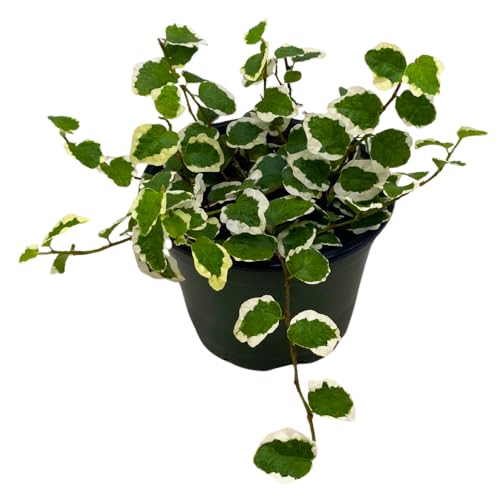

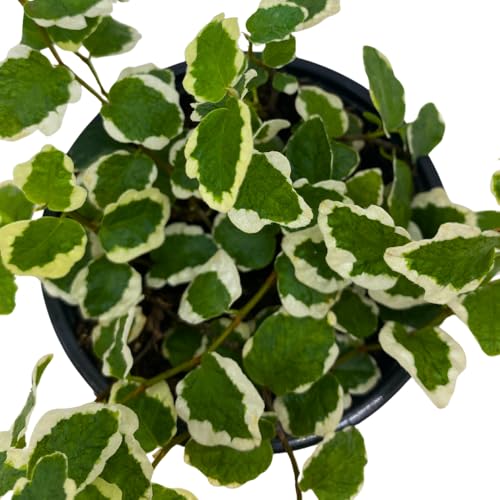

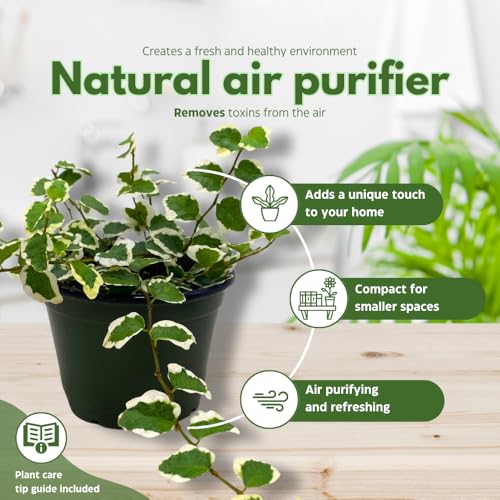
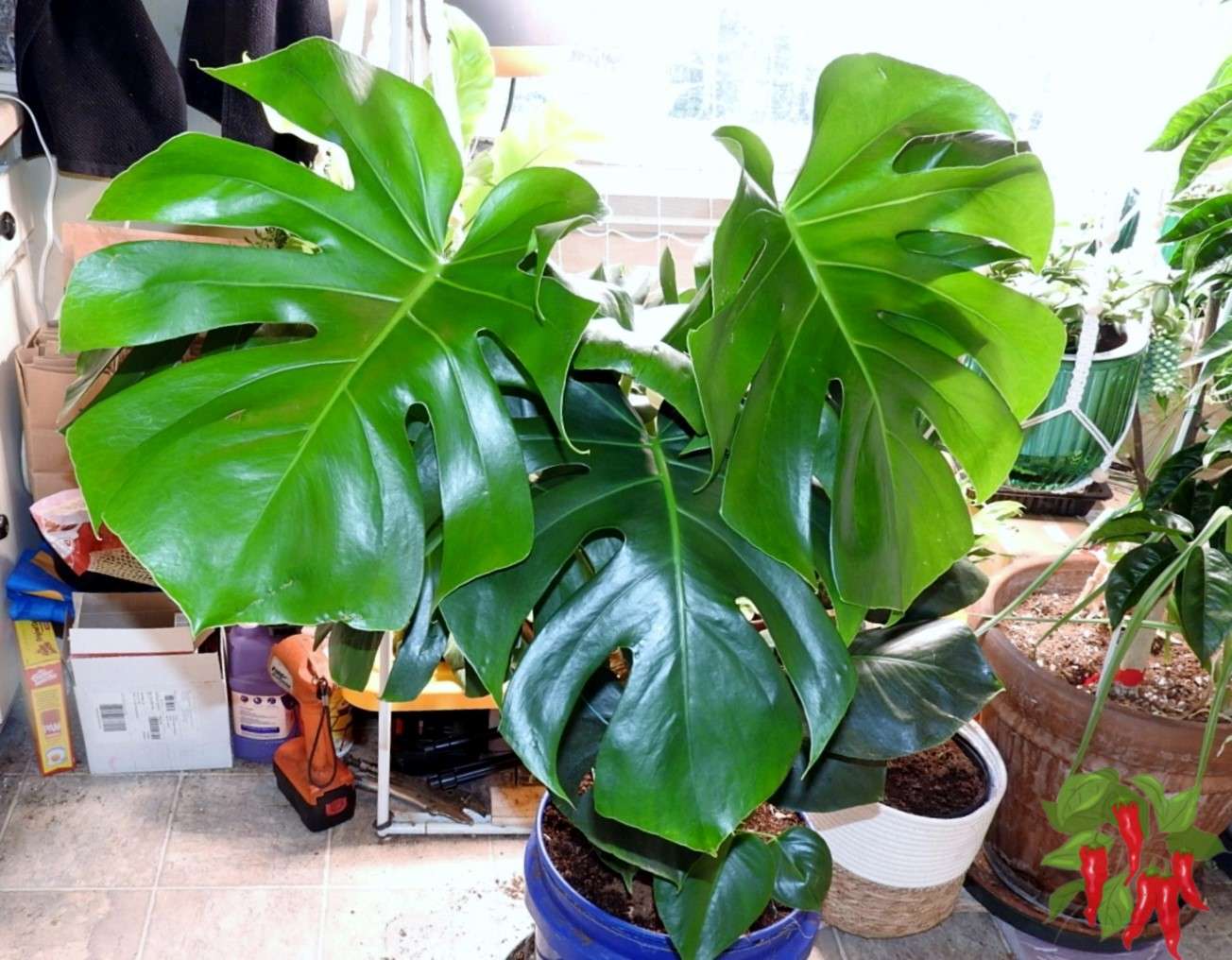
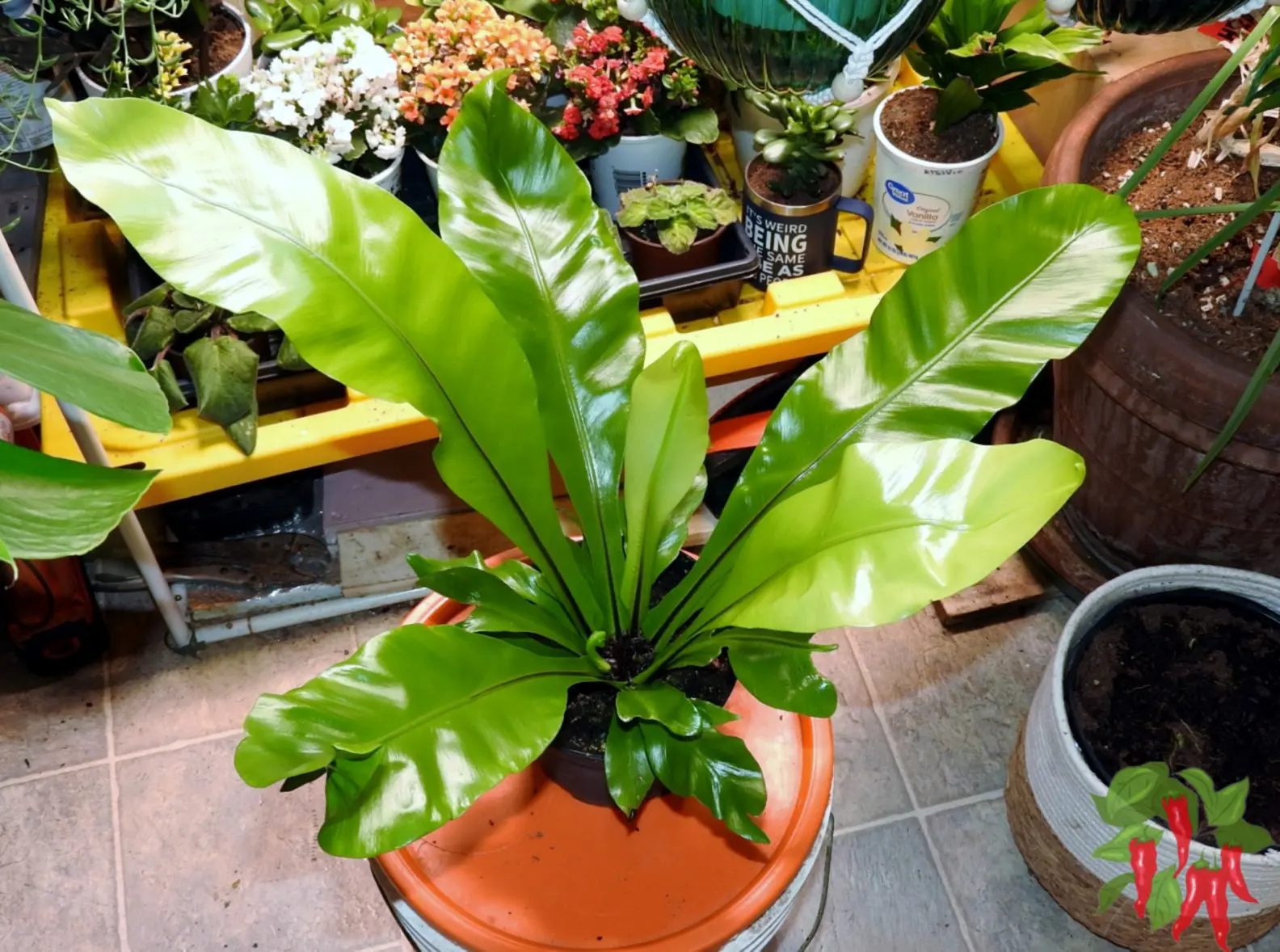
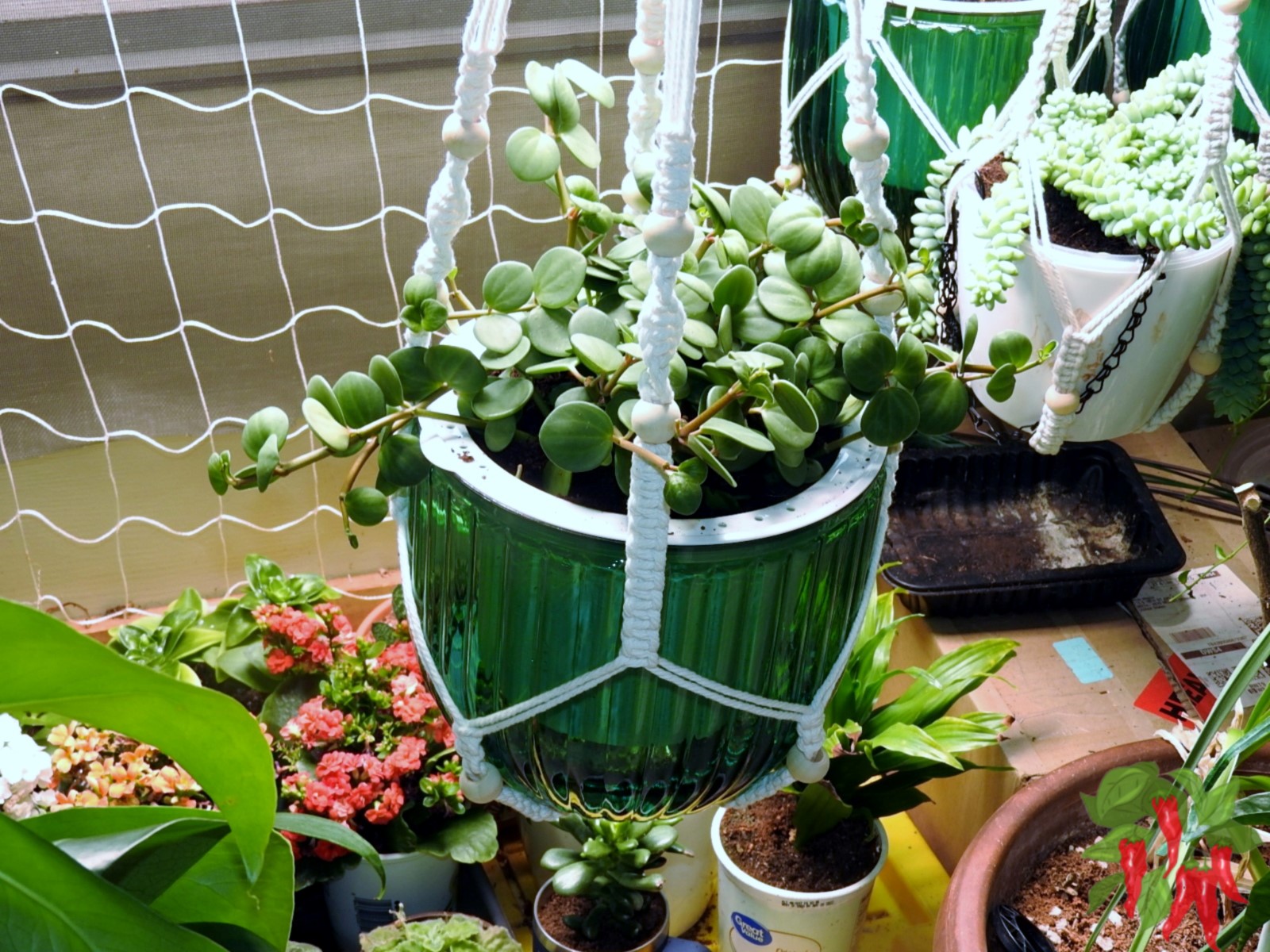
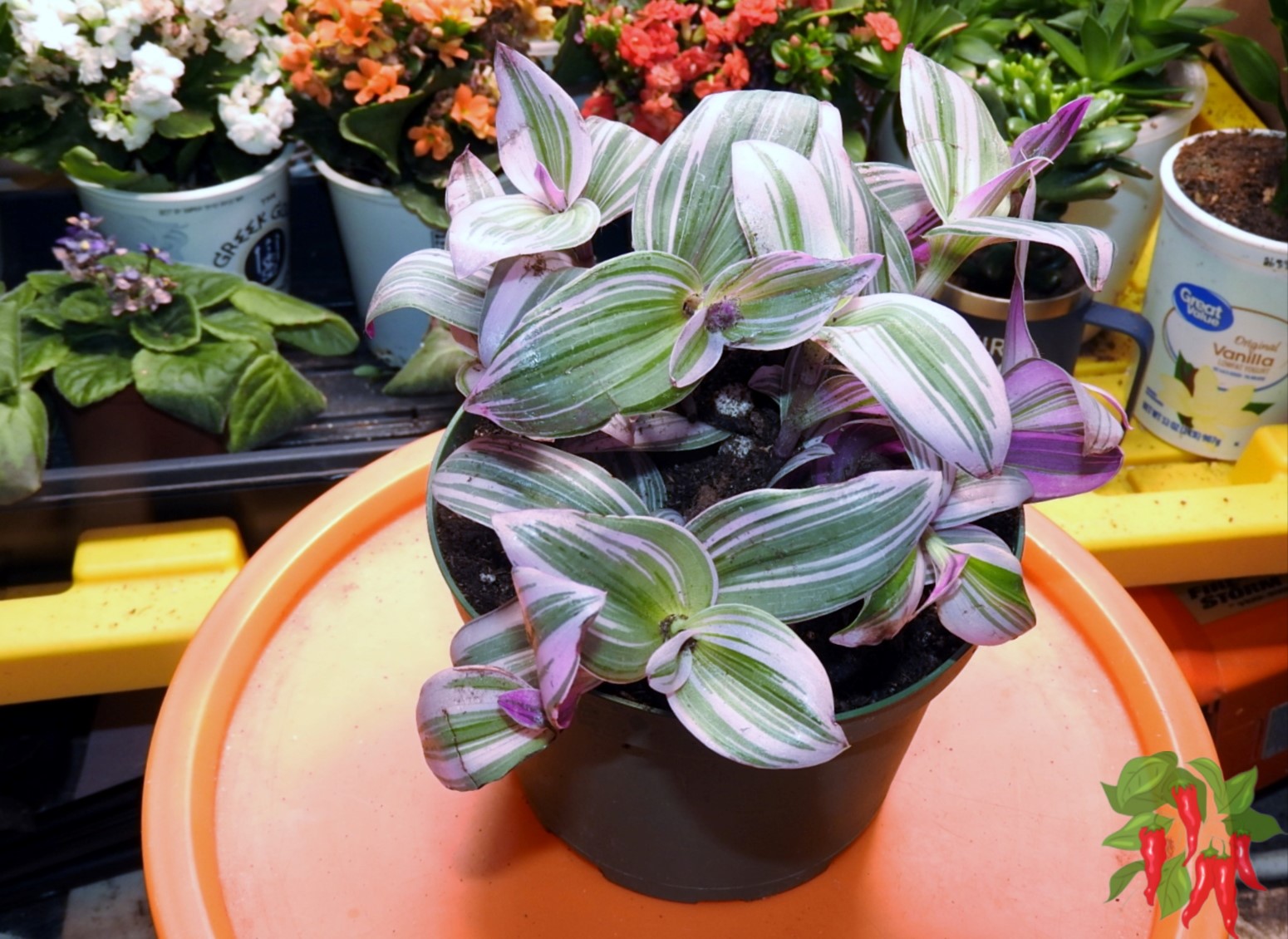
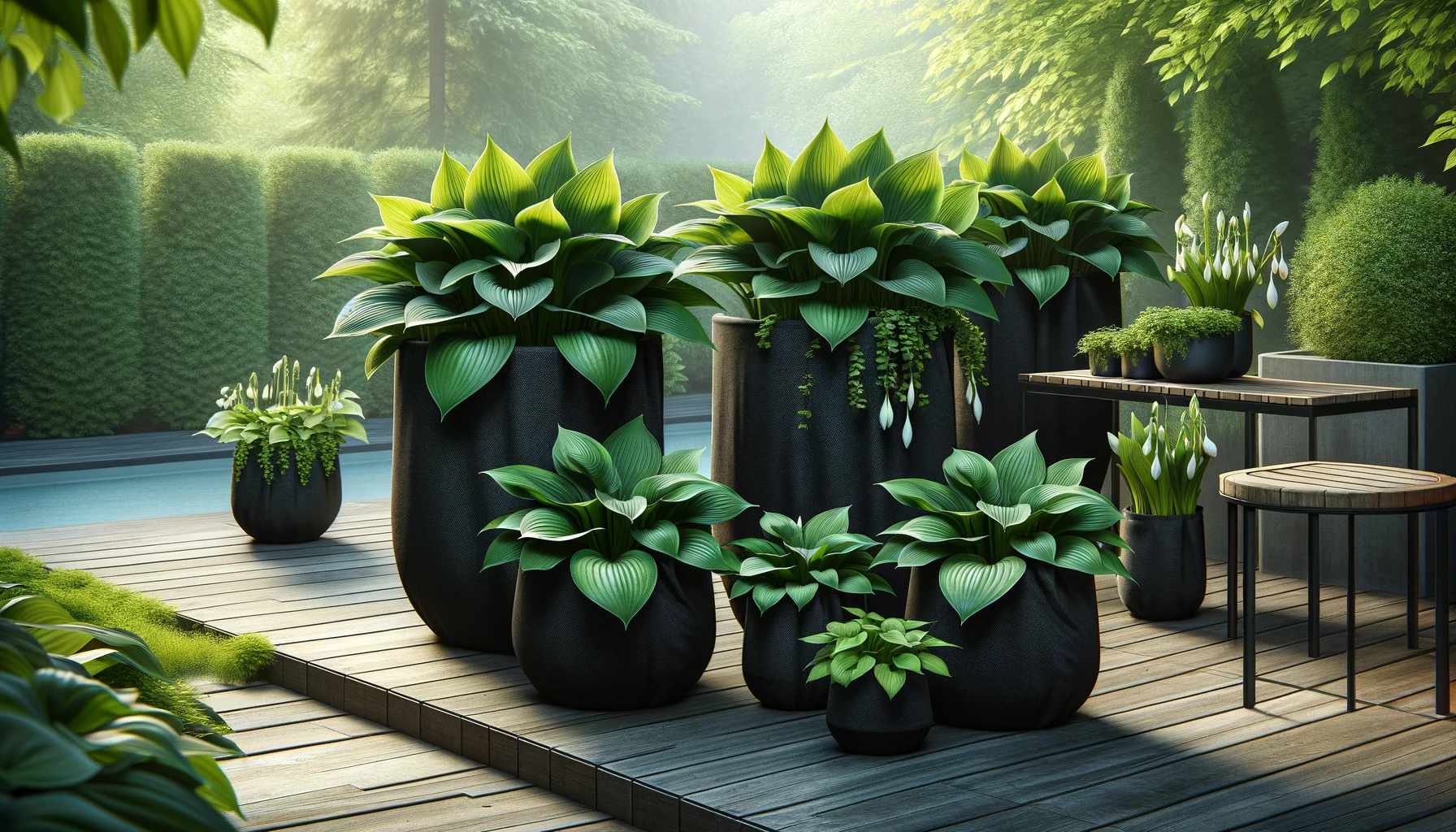
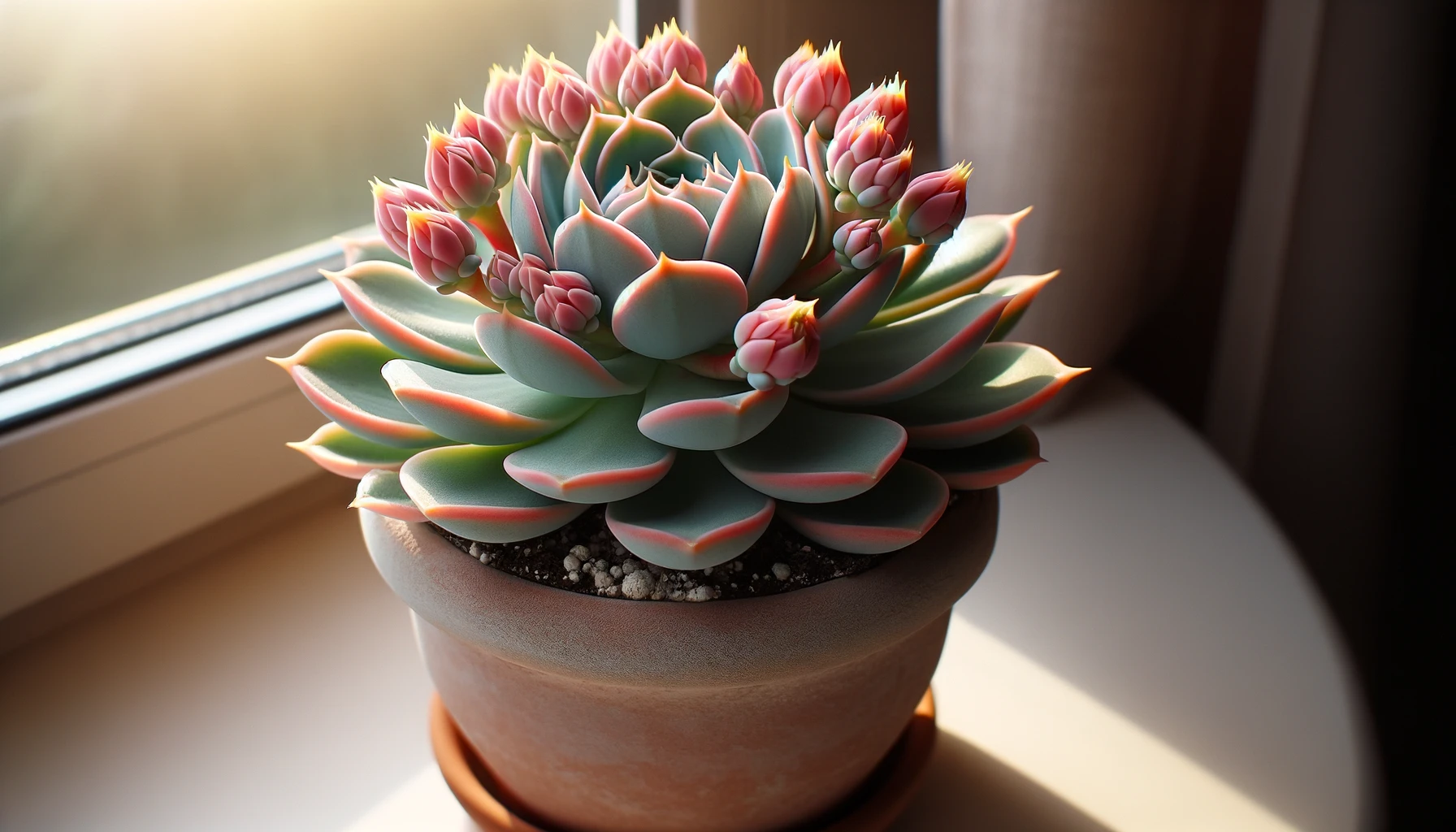
 Steve S. is the creator of
Steve S. is the creator of